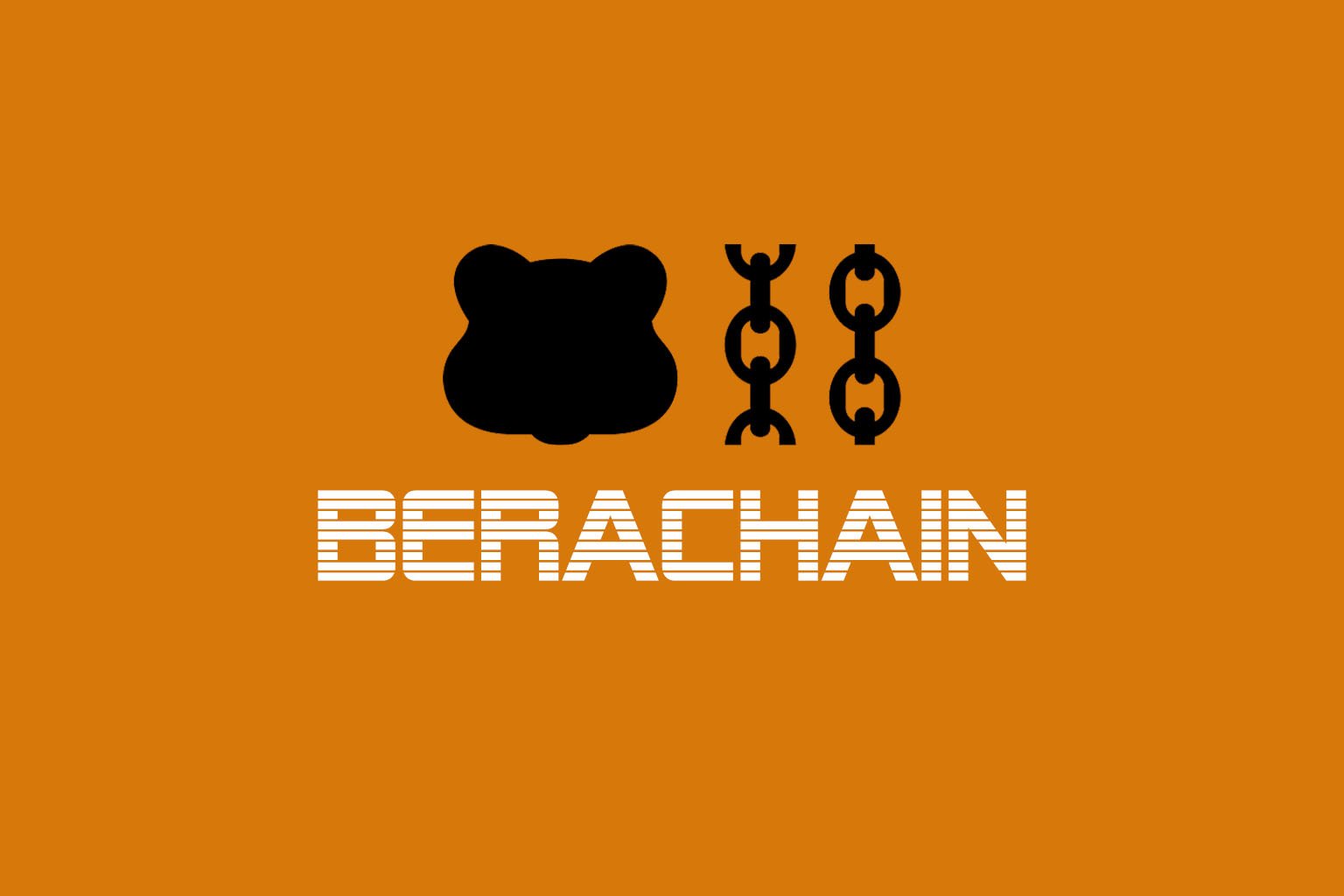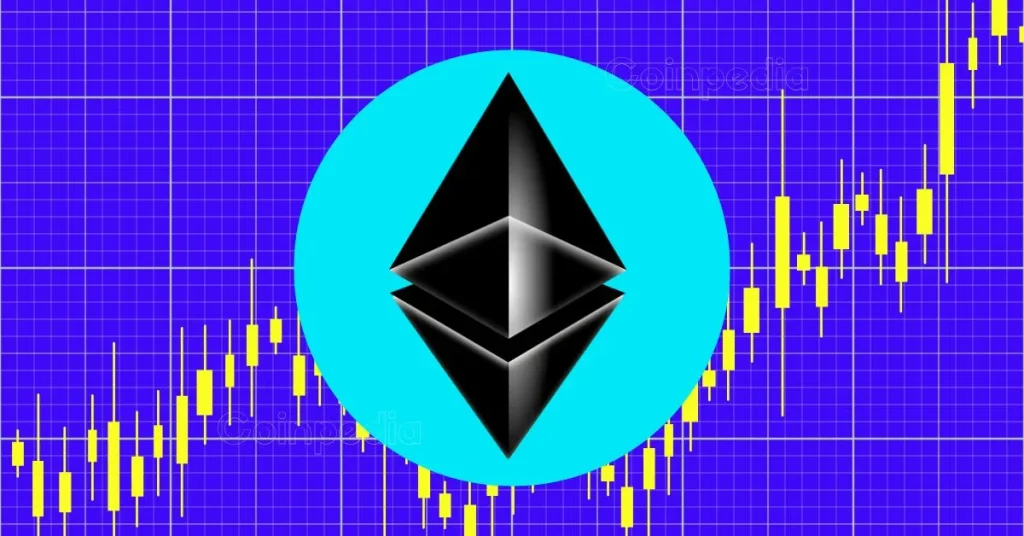ARTICLE AD BOX

- Berachain officially approved BRIP-0001, forking EVM clients to enable faster blocks and native Proof-of-Liquidity support.
- Berachain also launched RFRV and integrated Rango Exchange to boost cross-chain liquidity and ecosystem usability.
Recently, Berachain officially passed BRIP‑0001, or their first Berachain Request for Improvement Proposal. The title may sound technical—Execution Layer Forked Clients—but the implications are quite significant. The core of the proposal is Berachain’s decision to fork EVM clients like Geth and Reth to match the unique speed and character of their network.
What’s different? Berachain wants to maintain full compatibility with Ethereum, but without having to play by the same rules. The fork allows them to adjust gas fees, speed up blocks, and more importantly, integrate a Proof-of-Liquidity (PoL) system directly into the execution layer. This means that the reward and incentive distribution process can run more smoothly, without the need for additional contracts that usually make it complicated.
 @berachain has officially accepted its first BRIP!
@berachain has officially accepted its first BRIP!
 BRIP-0001: Execution Layer Forked Clients
BRIP-0001: Execution Layer Forked Clients
The implications of this direction are big for Berachain! 

 pic.twitter.com/uxRRgvyVtz
pic.twitter.com/uxRRgvyVtz
— berachaindevs (@berachaindevs) June 13, 2025
On the other hand, this move also gives developers and validators more room to work freely. CNF previously reported that the Bectra upgrade on Berachain introduces a variety of new features—including a smart wallet with spending limits, gas sponsorship, and batch transactions that make the user experience more convenient. Validators can now exit staking more flexibly, while blob data management becomes more cost-effective.
Berachain Rolls Out RFRV, Meta-Aggregator, and Rango Integration
Interestingly, BRIP‑0001 is not the only news from Berachain lately. In early June, they launched the latest batch of what is called Reward‑Funded Request Vaults (RFRV). Don’t imagine this as a vault full of gold, but more like a series of quite tempting incentive mechanisms. There are native stablecoin yields, bonuses for Bera derivatives, and liquid staking token pairs that users can take advantage of.
Furthermore, BeraHub is now also equipped with a meta-aggregator, which makes transaction channels more efficient. And, yes, in the midst of all this, Bybit continues to be seen actively providing support, especially during the Bectra upgrade phase. Bybit’s presence clearly adds a layer of credibility.
Not only that, on June 6, Rango Exchange also joined the party. They announced the integration of Berachain as one of the networks supported by their platform.
With Rango’s position as a cross-chain aggregator, users can now swap assets to or from Berachain without having to navigate multiple windows. It’s a small step, but it has a big impact on the liquidity and user experience of dApps in the Berachain ecosystem.
If you think about it, what Berachain is doing now is a bit like someone building a house from scratch, but they already know exactly what color the paint is, the layout of the kitchen, and the type of curtains they’re going to use. So, it’s not just about building a blockchain, it’s about actually designing it to be suitable for the people who will live in it—developers, traders, users, everyone has a role to play.
Meanwhile, as of press time, BERA is changing hands at about $2.09, up 4.53% over the last 24 hours, and its market cap is above $25o million.
.png)
 7 hours ago
1
7 hours ago
1








 English (US)
English (US)